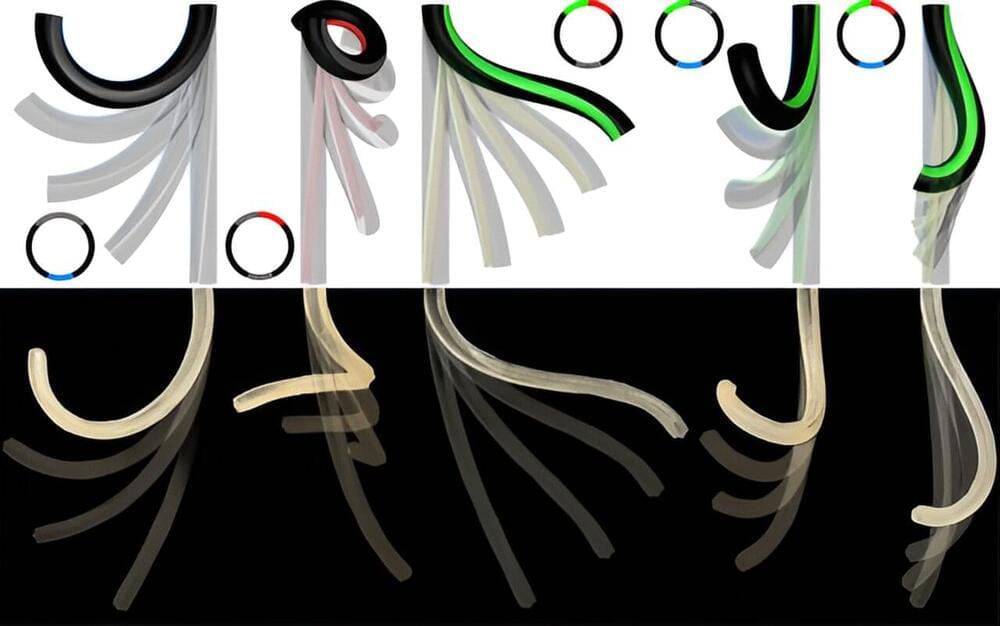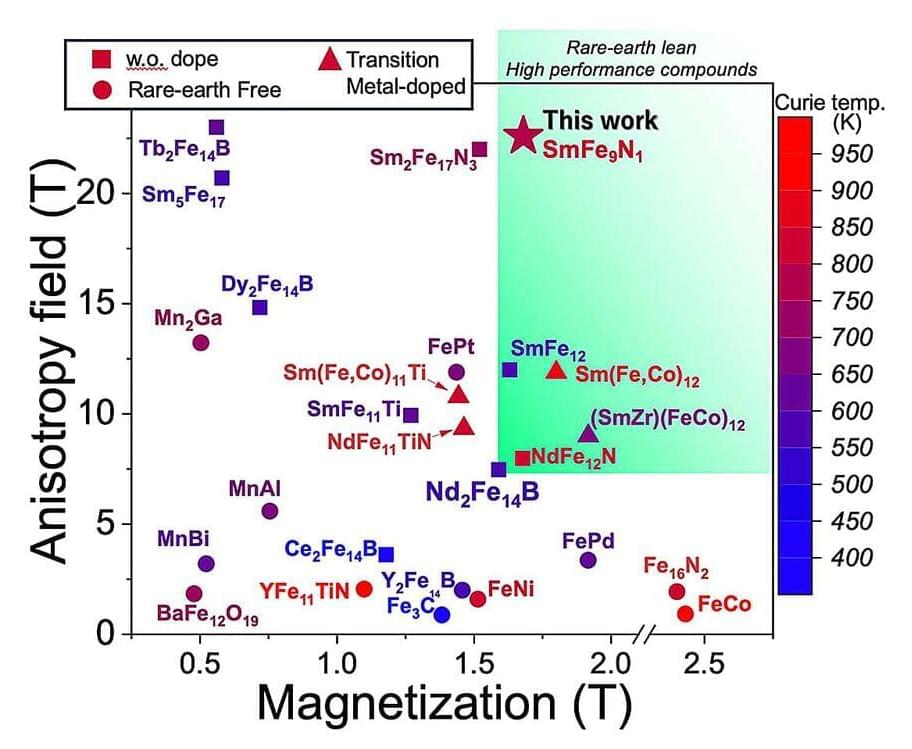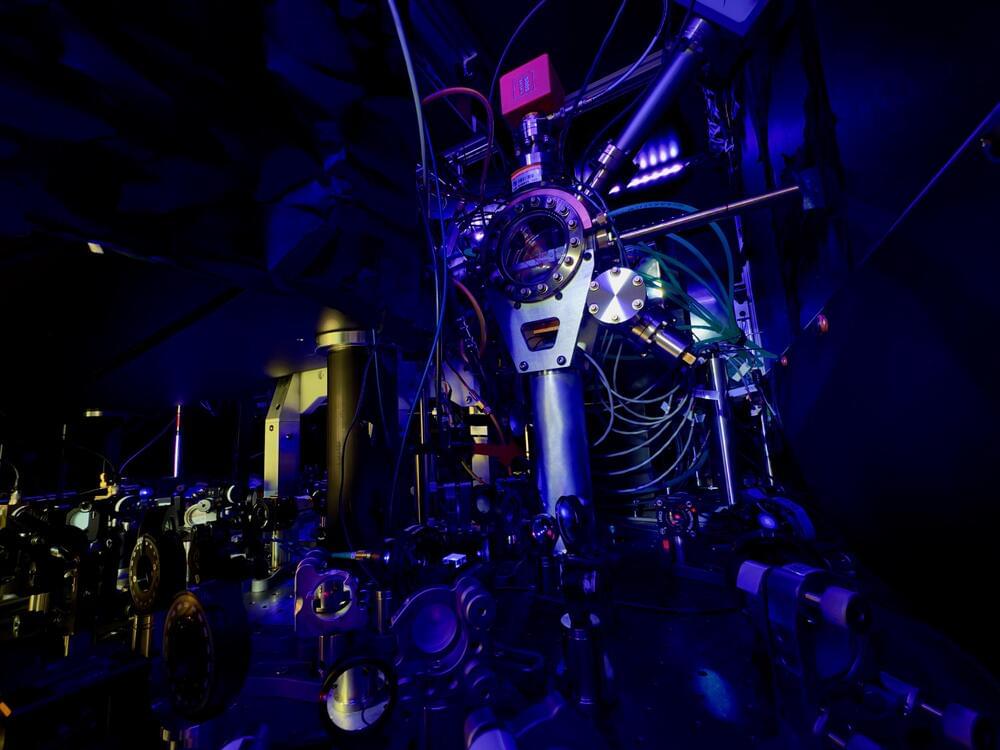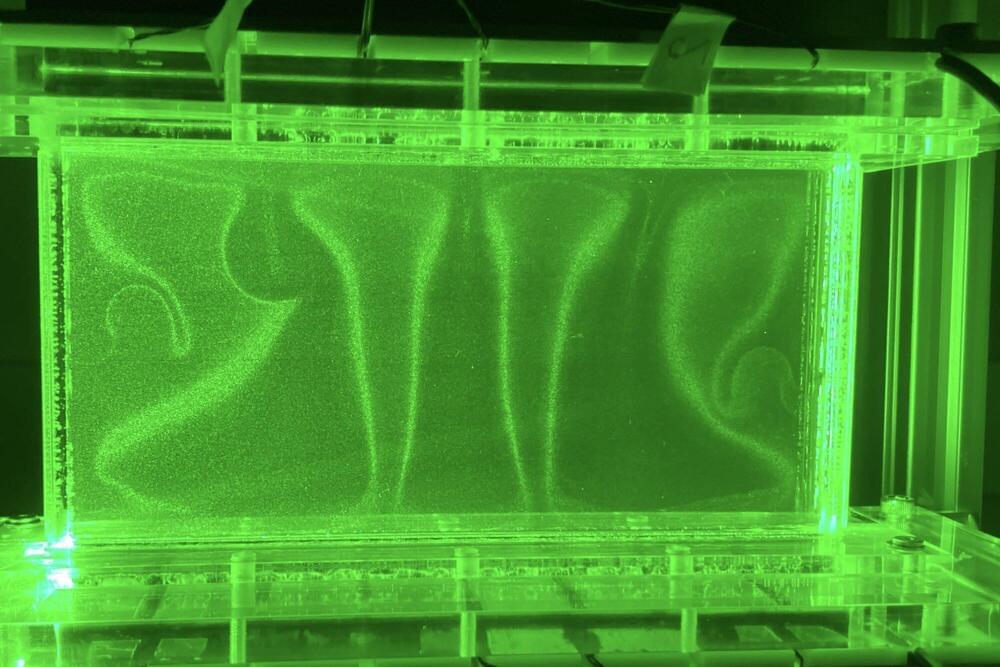Jul 25, 2024
Toyota Eyes Perovskite Solar Cells For Solar Car Of The Future
Posted by Quinn Sena in categories: energy, space, sustainability
Fans of perovskite solar cell technology have been promising the moon, and stakeholders are increasingly confident that it will deliver. Among them is Toyota, which has just tapped its Woven Capital branch to put down a 5.5 billion yen stake in the perovskite solar startup EneCoat Technologies. If you’re thinking the solar-powered electric car of the future is coming, that’s a good guess, because EneCoat lists mobility applications among its areas of focus.
New Solar Cells For The Solar Car Of The Future
Continue reading “Toyota Eyes Perovskite Solar Cells For Solar Car Of The Future” »


















